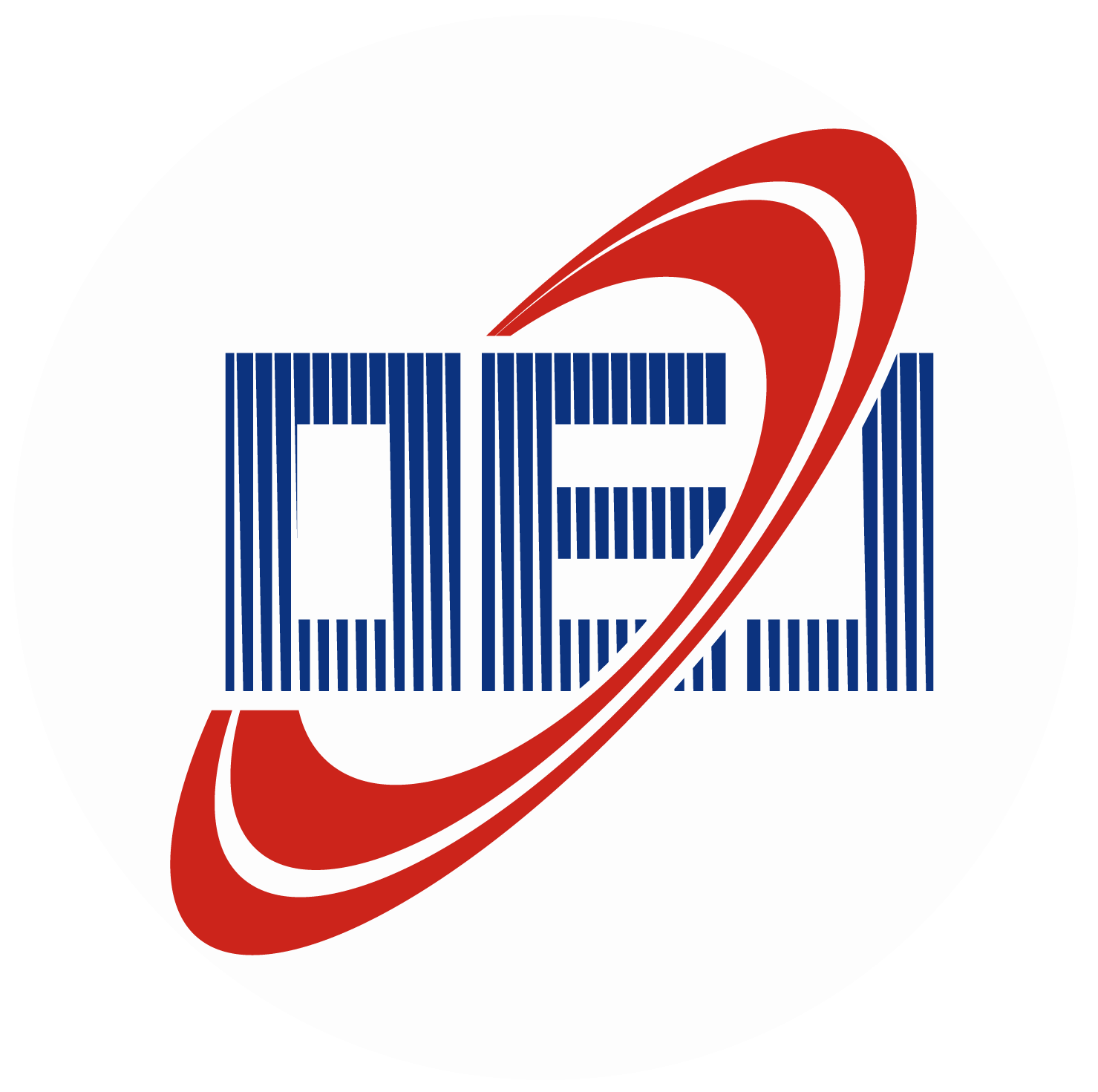Abstract:
The point measurement laser absorption spectroscopy (PMLAS) based on saturated absorption theory could surpass the defect of 'line-of-sight' measurement in traditional tunable diode laser absorption spectroscopy (TDLAS) and achieve the 'point' measurement with millimeter spatial resolution. It is realized by crossing with two frequency synchronized laser beams: one named probe beam as in traditional TDLAS and the other named saturated beam with higher power. In this paper, the theory of PMLAS was firstly analyzed by the theoretical deduction of saturated absorption coefficients with arbitrary cross angles and the numerical calculations of point absorbance under different saturation parameters. Next, a weak signal detection method based on high-frequency sinusoidal modulation of the saturated beam intensity was proposed, in which the first-order harmonic signal was theoretically deduced and verified by numerical demonstration. Furthermore, it is found that the FWHMs (full width at half maximum) of different order harmonics are all the same and equal to the width of the absorption signal without modulation, which implied that the superposition of multi-harmonics could enhance the signal-to-noise ratio (SNR) in measuring the spectrum line-width.
 Abstract: The point measurement laser absorption spectroscopy (PMLAS) based on saturated absorption theory could surpass the defect of 'line-of-sight' measurement in traditional tunable diode laser absorption spectroscopy (TDLAS) and achieve the 'point' measurement with millimeter spatial resolution. It is realized by crossing with two frequency synchronized laser beams: one named probe beam as in traditional TDLAS and the other named saturated beam with higher power. In this paper, the theory of PMLAS was firstly analyzed by the theoretical deduction of saturated absorption coefficients with arbitrary cross angles and the numerical calculations of point absorbance under different saturation parameters. Next, a weak signal detection method based on high-frequency sinusoidal modulation of the saturated beam intensity was proposed, in which the first-order harmonic signal was theoretically deduced and verified by numerical demonstration. Furthermore, it is found that the FWHMs (full width at half maximum) of different order harmonics are all the same and equal to the width of the absorption signal without modulation, which implied that the superposition of multi-harmonics could enhance the signal-to-noise ratio (SNR) in measuring the spectrum line-width.
Abstract: The point measurement laser absorption spectroscopy (PMLAS) based on saturated absorption theory could surpass the defect of 'line-of-sight' measurement in traditional tunable diode laser absorption spectroscopy (TDLAS) and achieve the 'point' measurement with millimeter spatial resolution. It is realized by crossing with two frequency synchronized laser beams: one named probe beam as in traditional TDLAS and the other named saturated beam with higher power. In this paper, the theory of PMLAS was firstly analyzed by the theoretical deduction of saturated absorption coefficients with arbitrary cross angles and the numerical calculations of point absorbance under different saturation parameters. Next, a weak signal detection method based on high-frequency sinusoidal modulation of the saturated beam intensity was proposed, in which the first-order harmonic signal was theoretically deduced and verified by numerical demonstration. Furthermore, it is found that the FWHMs (full width at half maximum) of different order harmonics are all the same and equal to the width of the absorption signal without modulation, which implied that the superposition of multi-harmonics could enhance the signal-to-noise ratio (SNR) in measuring the spectrum line-width.

 E-mail Alert
E-mail Alert RSS
RSS


